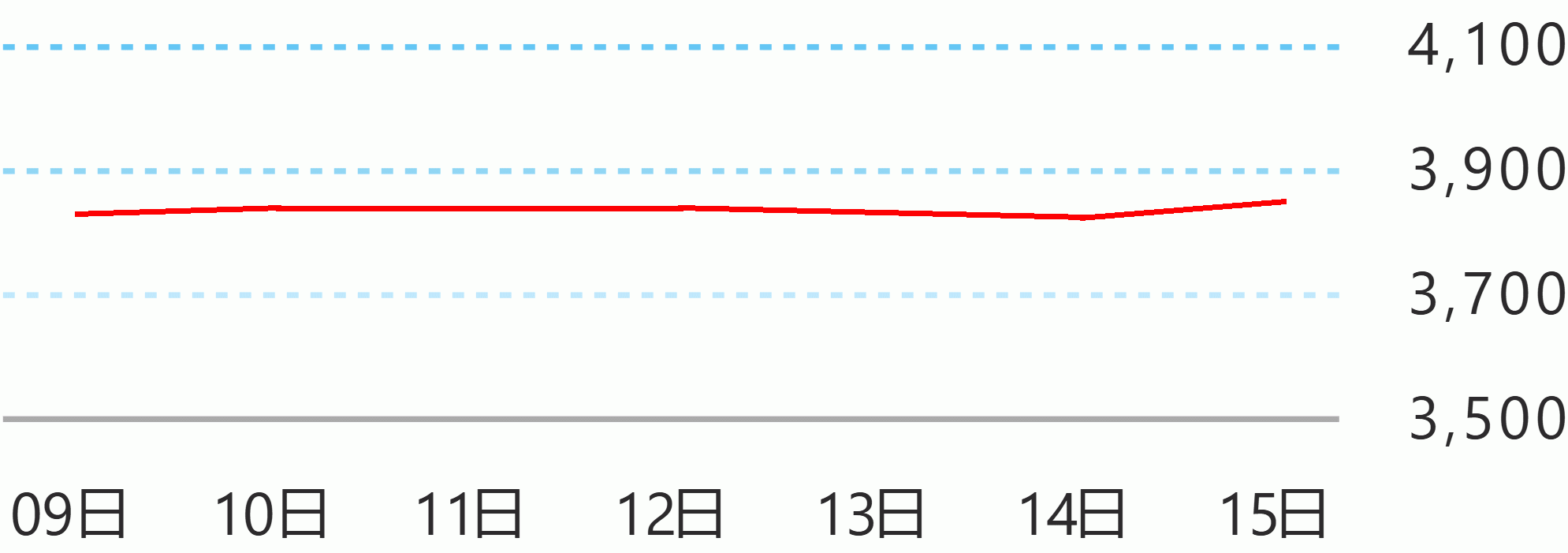The overall weakening of Asian currencies, including the Philippine peso, vis-a-vis the dollar this week was an overreaction by fund managers to the prospects of higher US Federal Reserve rates this December, the Department of Finance (DOF) said on Sunday.
In its latest economic bulletin issued, the DOF said that "of 12 Asian countries, the Philippine peso has been one of the less volatile currencies, with standard deviation-mean ratio relative to the US$ of 5.0 percent from 2000 to November 24, 2016 compared with the Asian average of 7 percent."
"The most volatile are the Chinese yuan (16.3 percent), and Indonesian rupiah (11.9 percent) and Malaysian ringgit (11.6 percent). This means that during this 16 year-period, the peso has been moving within 5.0 percent from its average value, " Finance Undersecretary Gil Beltran, the DOF's chief economist, said in the economic bulletin.
Beltran noted that from Nov . 1 to 24, 2016, the Philippine peso has moved in tandem with other Asian currencies, depreciating by 3.27 percent against the dollar as against the 12 Asian countries' average depreciation of 3.26 percent.
"The Japanese yen depreciated most wildly, by 8.5 percent, compared with 6.73 percent for the Malaysian ringgit and 3.92 percent for the Indonesian rupiah," he said.
Beltran said that several emerging economies with excess savings like the Philippines are not dependent on the regime of cheap financing resulting from the post-2008 financial crisis move by the Fed to cut rates as a monetary stimulus to ignite the United States' economic recovery.
"Economies like the Philippines are net lenders rather than borrowers. There is, however, an overreaction by fund managers and have lumped all economies into one category without regards to macroeconomic fundamentals," he explained.
With the impending normalization to be undertaken by the Federal Reserve, Beltran said "the days of cheap financing and large capital inflows are coming to an end."
He said that with the US economy recovering, the Fed would soon end its monetary stimulus program, which it resorted to in 2008 to aid the American economy at the height of the then-global financial crisis.
"Low interest rates were a boon to developing countries with lower borrowing costs and significant inflows of capital," he noted.
Reports on Wednesday night’s release of the minutes of the Federal Open Market Committee (FOMC) meeting last Nov. 1-2 bared that US policymakers were inclined to raise interest rates very soon.
On Thursday, Finance Secretary Carlos Dominguez III said the peso’s breaching of the P50 level against the dollar was an expected reaction of the local currency to the anticipated early rate increase by the Fed, with other Asian currencies also moving in the same direction.
Meanwhile, Malacanang said on Sunday that the depreciation of the peso to the US dollar has a "double sided impact" as the government is closely monitoring the prices of goods.
In a statement, Presidential Communications Office Secretary Martin Andanar said the weakening of the peso to the greenback was a result of the strengthening of the US dollars vis a vis foreign currencies.
The movement of the peso, which already breached the 50-level to the US dollar, would definitely favor exporters and the overseas Filipino workers' families who will now have more pesos for every dollar earned, he said.
Andanar said this will have "positive effects on their business and spending power."
"Historically, consumption spending goes up whenever peso depreciates,"he said.
But he noted that a weak peso may put pressure on cost of production of goods "but only to the extent of the products' imported component which is normally not a significant percentage to total cost of production, except for high import component products like milk, flour- based, oil and petroleum products, to name a few."
Andanar added that the Department of Trade and Industry (DTI) is closely monitoring the prices of basic goods and commodities, especially as the peak season of Christmas is approaching.
During this holiday season, he noted that demand for products goes up.
He advised the consumers and retailers to check on the DTI list of suggested retail prices especially for Christmas-oriented products like pasta, bread and processed meats and hams to guide them. DMS





 English
English













